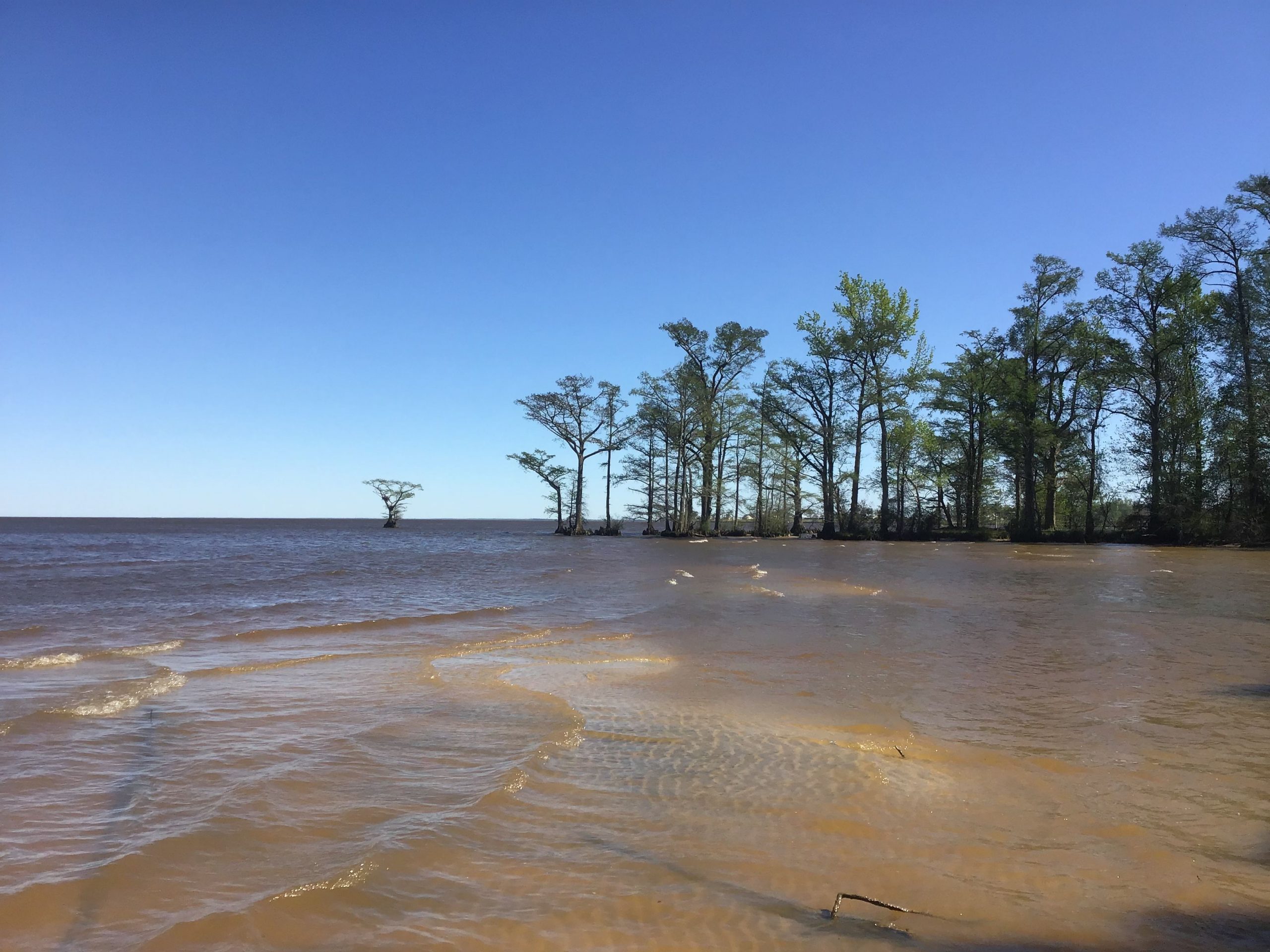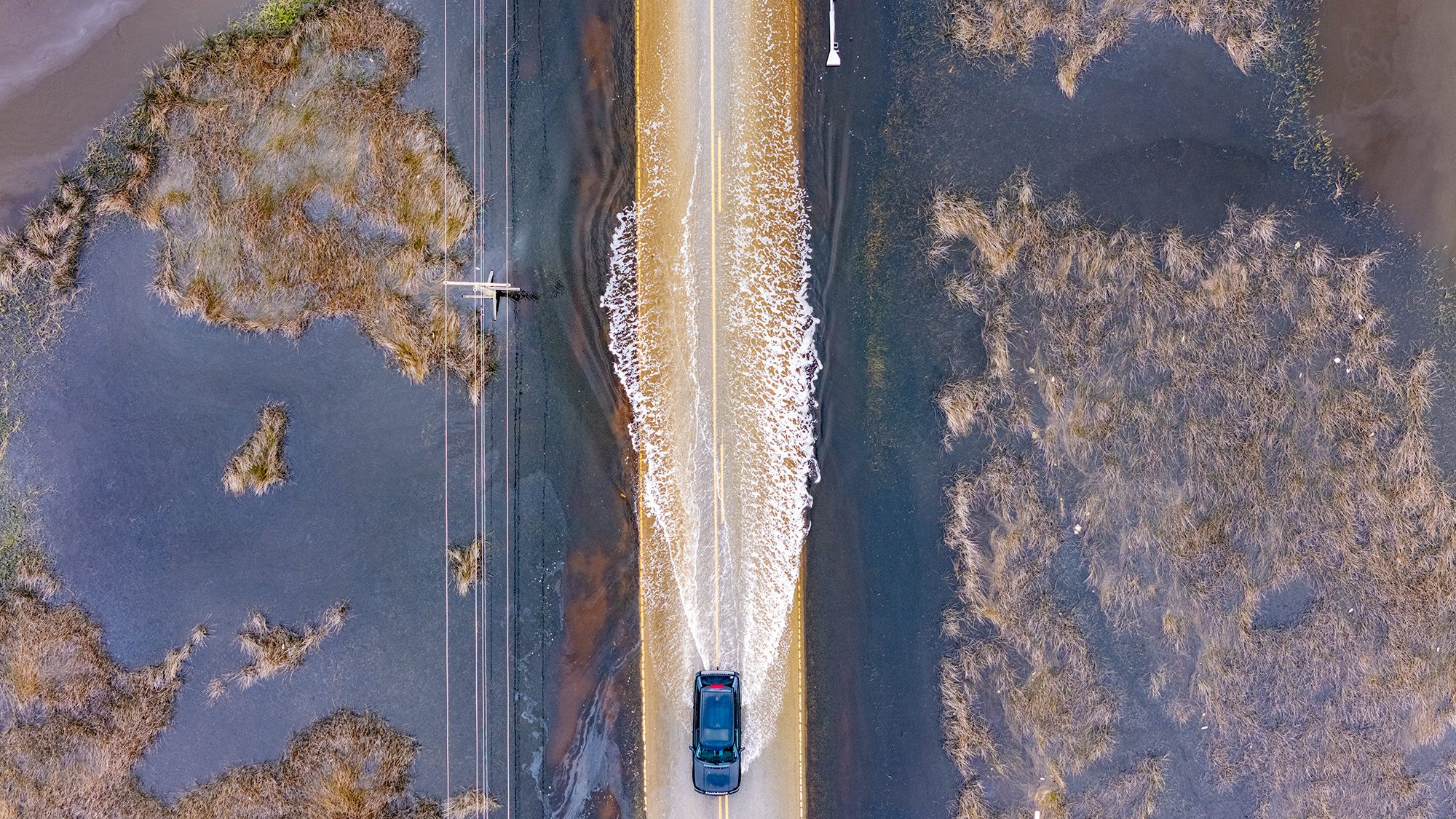
Third in a series of columns on the origins of North Carolina’s natural heritage program and the statewide network of private land trusts conservancies. Read more.
Twenty years ago, in June 2000, the North Carolina General Assembly enacted a legislative goal that then-Gov. James Hunt Jr. had first set forth as his executive goal the year before, declaring that 1 million more acres in North Carolina should be permanently protected as parks, forests, natural areas, farmlands, streamside natural buffers, and other urban and community “open space” reserves before the end of 2010.
Supporter Spotlight
The goal was to increase the scale of protected lands in North Carolina to a total of 3.8 million acres in permanently conserved lands, equating to about 11% of the state’s total land area.
By the end of the year 2020, North Carolina finally attained that original goal to have 3.8 million acres of protected land, 10 years “late.” Good, but why so slow? The short answer is because of reduced public funding for land conservation by the state legislature and its termination of the state’s tax credits to private landowners willing to conserve their land.
Approximately 86.5% of protected lands in North Carolina is in public ownership, owned and managed by national, state or local governmental agencies. The rest of the protected land is held in ownerships either by private landowners who voluntarily entered into conservation easement management agreements or are owned by nonprofit conservation organizations including The Nature Conservancy, National Audubon Society and the statewide network of land trust conservancies.
The Division of Land and Water Stewardship in the state Department of Natural and Cultural Resources tracks the progress of land conservation in North Carolina. Its land conservation 2010 status report observed that the importance for protecting natural areas and rural landscapes continues to grow as science and the public recognize the critical values of ecosystem services, clean water, clean air, locally produced food, environmental buffers against climate changes, the links between human and environmental health, and the interconnections between environmental and economic vitality. Those observations remain true today. North Carolina’s population continues to grow along with greater land development pressures and conversion.
People are increasingly visiting and using public parks and greenways and valuing protected green spaces. Practically every year, our parks in North Carolina experience another 10% increase in public use and visitations. Practically every local public referendum for increasing funding for parks and land conservation passes by large margins. For example and in demonstration of that overwhelming public support for land conservation, Wake County voters overwhelmingly voted in November 2019 by nearly a 70% margin in favor of greater public funding ($120 million) for more county parks, nature preserves, greenways and protected rural “open space” lands.
Supporter Spotlight
North Carolina should be striving to increase the scale of protecting our premiere natural heritage land assets, rural landscapes, and vital environmental resources.
The mission for land and environmental conservation is not accomplished. With all the pressures of population growth, continued conversion of private farmlands and forests to intensive development, demands and impacts on limited water supplies, consequences of a changing climate, diminished food production, and greater public needs for more outdoor recreational opportunities and environmental health security, North Carolina should be striving to increase the scale of protecting our premiere natural heritage land assets, rural landscapes and vital environmental resources.
We would be smart to expand our strategies to embrace more incentives and public education, as well as higher investments of state and local public funds to achieve a greater scale and scope of land conservation and protection across our state and in all our communities. We should expand efforts to educate and engage more private landowners in natural resources conservation management and enhancement agreements, providing them greater levels of financial incentives and technical assistance.
President Biden has recommitted the USA’s engagement with efforts by the world’s community of nations to reduce the dire consequences of climate change. One important element of that ambitious international strategy is to assure conservation and preservation of at least 30% of the Earth’s land areas and waters by 2030. That “30 x 30” goal will translate down from the international, to national, to state levels. Of course, Western states possess much larger amounts of protected natural and rural landscapes, particularly where much of the land in those states remain in public ownership.
To contribute to attaining a substantial increase in the scale of natural and rural land resources protection, North Carolina needs to expand its land conservation efforts and funding.
At present, only 11% of North Carolina’s total land area is considered protected for its natural and environmental resources. To contribute to attaining a substantial increase in the scale of natural and rural land resources protection, North Carolina needs to expand its land conservation efforts and funding.
In demonstration of that need, the North Carolina Coastal Land Trust recently completed its $35.8 million capital campaign that expanded its conservation of high-priority natural areas in the coastal region and helps finance its growing land conservation stewardship responsibilities. The tasks and needs for protecting other important natural land resources are far from completed.
Let’s enlarge our vision to protect more natural areas and essential water bodies and to assure the conservation of more forests and farmlands in private ownerships. Let’s aspire and invest to protect and conserve our premiere natural heritage, rural landscapes, and water resources.









